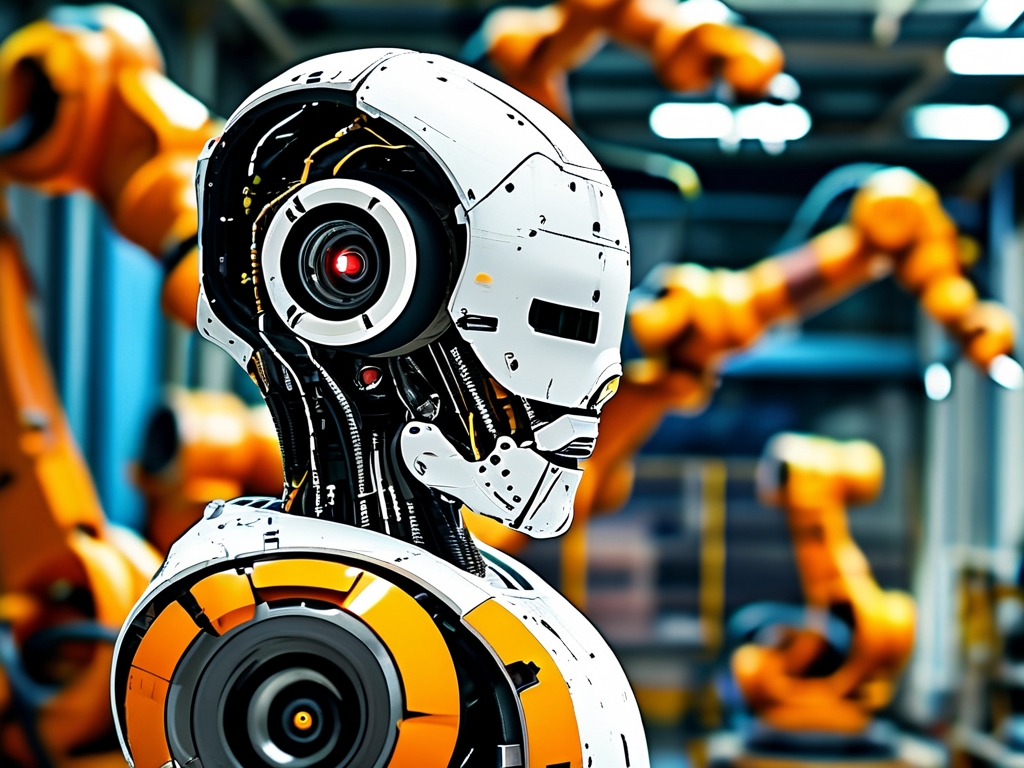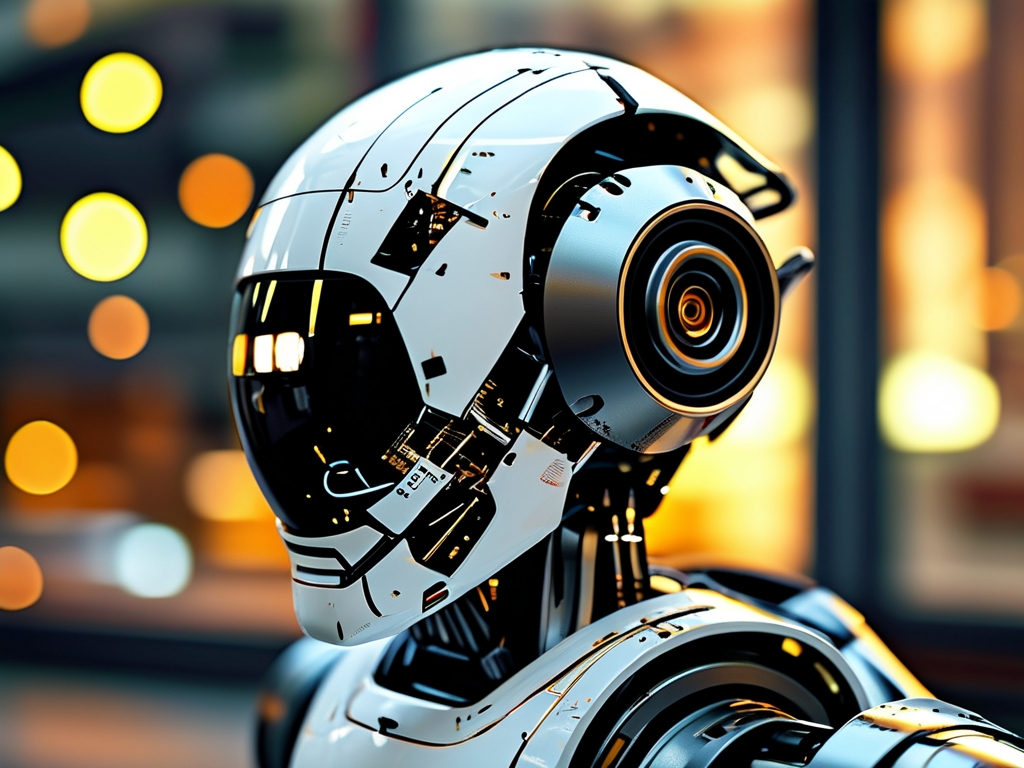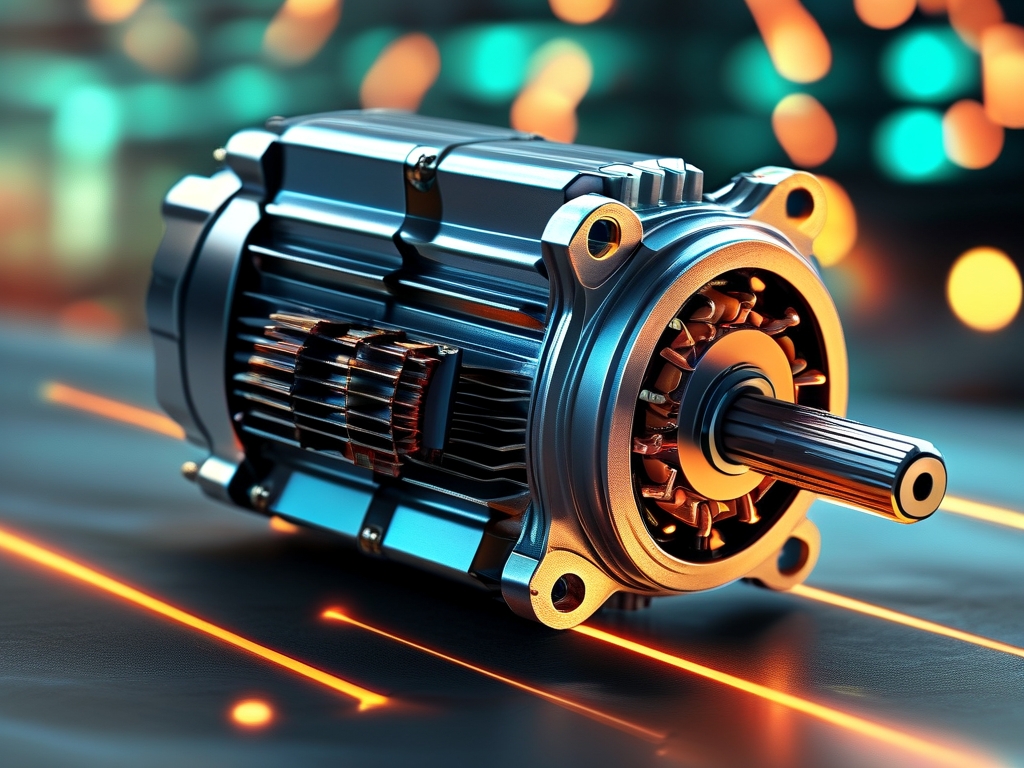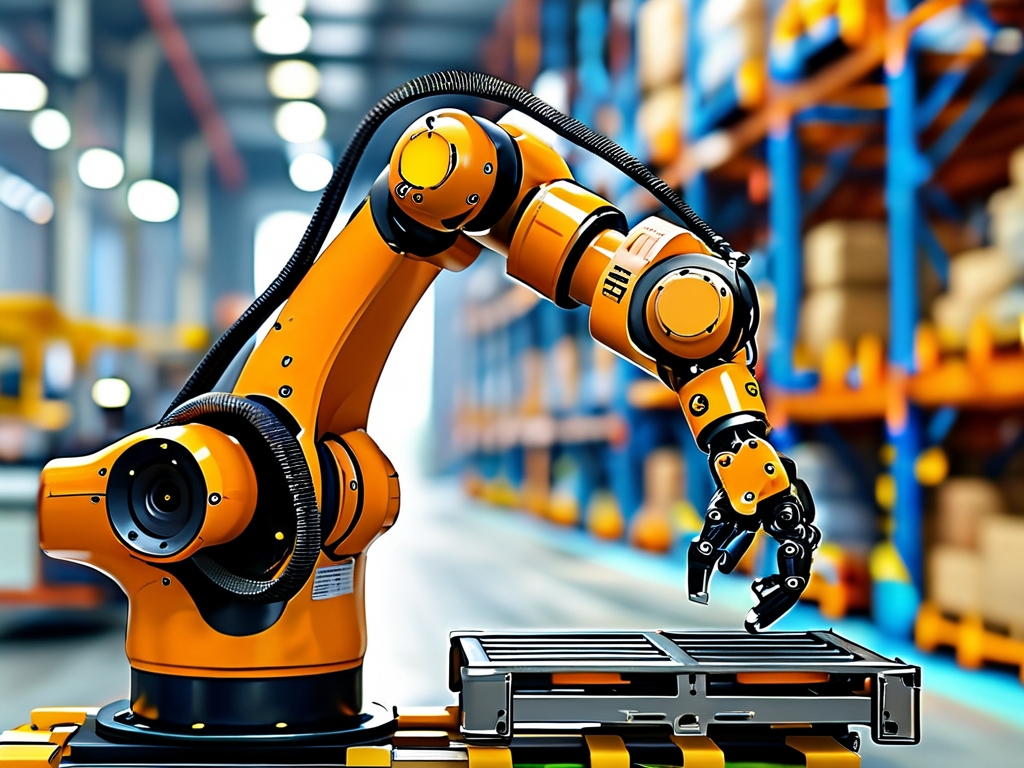Robotic assembly technology has revolutionized modern manufacturing by enabling precision, efficiency, and scalability. This article explores the core principles behind robotic assembly systems, their components, and the innovations driving their evolution.
1. Fundamentals of Robotic Assembly
Robotic assembly relies on integrating mechanical engineering, computer science, and control systems. At its core, it involves programmable machines—industrial robots—that perform repetitive tasks with high accuracy. These robots use actuators, sensors, and end-effectors (e.g., grippers or welding tools) to manipulate components. The process begins with a digital blueprint, often created using computer-aided design (CAD) software, which guides the robot’s movements.
Key principles include:

- Modular Design: Robots are built with interchangeable components to adapt to diverse assembly tasks.
- Kinematics: The study of motion ensures robots move efficiently within a defined workspace.
- Force-Torque Control: Sensors detect resistance, allowing robots to adjust pressure during tasks like screw-fastening or part insertion.
2. Sensory Integration and Feedback Loops
Modern robotic systems depend on advanced sensors to mimic human dexterity. Vision systems, such as 2D/3D cameras, identify part orientations, while tactile sensors measure contact forces. Feedback loops enable real-time adjustments. For example, if a component is misaligned, the robot recalculates its path using algorithms like SLAM (Simultaneous Localization and Mapping).
3. Programming and Motion Planning
Robots operate using pre-programmed instructions or machine learning models. Traditional methods involve teach pendants, where engineers manually guide robots through tasks. However, AI-driven approaches, such as reinforcement learning, allow robots to optimize assembly sequences autonomously. Motion planning algorithms (e.g., RRT or A) ensure collision-free trajectories, even in dynamic environments.
4. Collaborative Robotics (Cobots)
A breakthrough in assembly technology is the rise of cobots—robots designed to work alongside humans. Equipped with force-limiting mechanisms and safety sensors, cobots enhance flexibility in small-batch production. For instance, in automotive assembly, cobots handle delicate tasks like wiring harness installation while humans oversee quality control.
5. Challenges and Innovations
Despite advancements, challenges persist:
- Tolerance Management: Microscopic variations in parts can disrupt assembly. Adaptive grippers and machine vision mitigate this.
- Energy Efficiency: High-speed robots consume significant power. Innovations like regenerative drives recycle kinetic energy.
- Human-Robot Interaction: Ensuring safety in shared workspaces remains critical.
Emerging trends include:
- Digital Twins: Virtual replicas of assembly lines simulate and optimize processes before deployment.
- Swarm Robotics: Multiple robots collaborate for complex tasks, such as assembling large structures in aerospace.
6. Case Study: Electronics Manufacturing
In smartphone production, robotic arms place microchips with micron-level precision. Vacuum grippers handle fragile components, while vision systems inspect solder joints. This automation reduces error rates from 5% (manual assembly) to 0.01%.

7. Future Prospects
The integration of 5G, edge computing, and quantum algorithms promises faster decision-making. Self-healing robots, capable of diagnosing and repairing faults, are also under development. As costs decline, small enterprises will increasingly adopt robotic assembly, democratizing access to advanced manufacturing.
In , robotic assembly technology is a synergy of mechanics, AI, and human ingenuity. By continually pushing boundaries in sensor fusion, adaptive control, and collaborative workflows, it paves the way for smarter, more resilient factories of the future.





